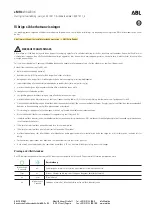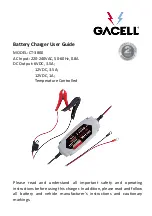
Volvo 1990 740 Model
pg. 49 Automatic transmission (cont.)
Starting and stopping a car equipped with automatic transmission
1 Fasten the seat belt.
WARNING! Before starting, check that the seat is adjusted properly. Make sure the brake/- clutch
pedal can be depressed completely. Move the seat closer if necessary.
2 Apply the parking brake and press the brake pedal firmly to hold the car (to prevent it from moving
when the gear selector is moved).
3 Select position P or N. (engine cannot be started in any other position.)
4 Start the engine by turning the starting (ignition) key.
5 Select desired gear. The gear engages with a slight delay, especially noticed in R.
Engine should be idling; never accelerate until you feel the gear is engaged!
Too rapid acceleration immediately after selecting gears will provide harsh engagement and premature
transmission wear.
6 Release the brakes and accelerate.
To stop the car , release the accelerator pedal and apply the brakes.
Selecting position N when standing still with engine running for prolonged periods of time will avoid
overheating transmission fluid.
The following "Special Tips" apply to cars with automatic transmission
●
For steep hills and when driving for prolonged periods at low speed position 1should be selected.
Avoid, however, repeated changes since this can cause overheating of the transmission oil. For driving
on mountain roads with long persistent uphill gradients, select position 2.
●
When negotiating long, steep downhill slopes, position 1 or 2 should be selected, in order to obtain
the best possible engine braking effect.
●
Do not hold the car stationary on an incline by using the accelerator pedal; instead, engage the parking
brake. This prevents unnecessary heating of the transmission oil.
●
When towing, prepare as follows:
Disengage the 4th gear (the indicator light on the instrument panel goes on).
file:///K|/ownersdocs/1990/1990_740/90740_11.htm (1 of 6)12/30/2006 8:25:57 AM
















































